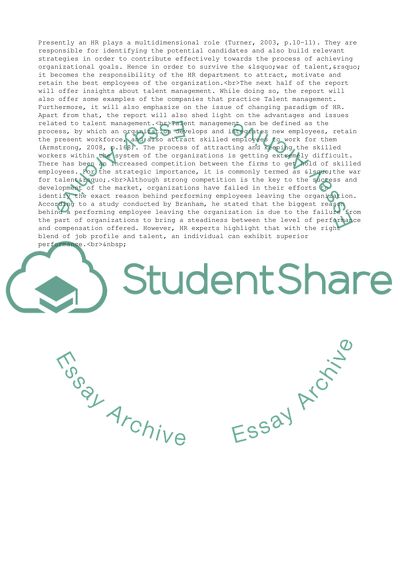Cite this document
(The Advantages and Issues Related to Talent Management Research Paper, n.d.)
The Advantages and Issues Related to Talent Management Research Paper. Retrieved from https://studentshare.org/management/1780510-talent-management-or-redefined-hrm
The Advantages and Issues Related to Talent Management Research Paper. Retrieved from https://studentshare.org/management/1780510-talent-management-or-redefined-hrm
(The Advantages and Issues Related to Talent Management Research Paper)
The Advantages and Issues Related to Talent Management Research Paper. https://studentshare.org/management/1780510-talent-management-or-redefined-hrm.
The Advantages and Issues Related to Talent Management Research Paper. https://studentshare.org/management/1780510-talent-management-or-redefined-hrm.
“The Advantages and Issues Related to Talent Management Research Paper”, n.d. https://studentshare.org/management/1780510-talent-management-or-redefined-hrm.


